Media Over QUIC Transport
A proposed solution for Low Latency Media Dissemination
Common HTTP Latency
- One-way streams
- Live events
- Large audiences
Reduced Latency
- OTT (over the top) providers
- Live streaming
- News & sports
Low Latency
- UGC (user generated content)
- Live streams
- Video game streaming
Near Real-Time
- Two-way web conferencing
- Real-time device control
https://www.cardinalpeak.com/blog/understanding-and-choosing-the-right-streaming-protocol
Common HTTP Latency
- One-way streams
- Live events
- Large audiences
- Linear programming
Reduced Latency
- OTT (over the top) providers
- Live streaming
- News & sports
Low Latency
- UGC (user generated content)
- Live streams
- Video game streaming
Near Real-Time
- Two-way web conferencing
- Real-time device control
10-30 seconds
HLS
DASH
5 seconds
RTMP
1-5 seconds
RTSP
LL-HLS
LL-DASH
Let us try something better
https://www.cardinalpeak.com/blog/understanding-and-choosing-the-right-streaming-protocol
Cons of existing protocols
Cons of existing protocols
https://www.phenixrts.com/resource/super-bowl-2024
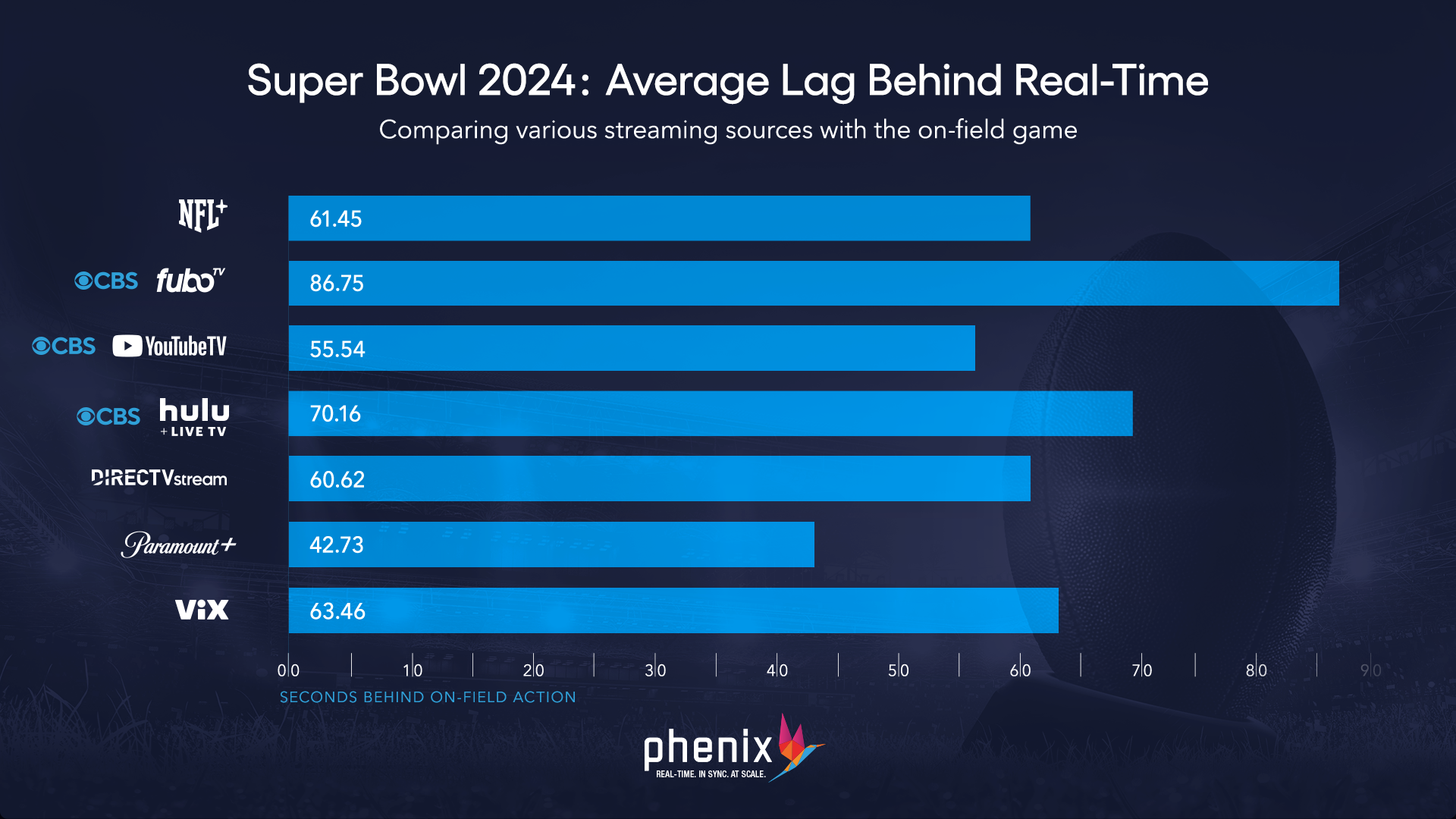
Cons of existing protocols
|
Approx. participant count
|
https://www.phenixrts.com/resource/super-bowl-2024

|
Single protocol which can be setup for latency or scalability
This talk focuses on MOQT as a solution for low latency transport
Latency of the order of 100ms
Network Adaptability
Trading latency for scalability
Media Stream
Track 3 (Publisher
Priority 3)
Enhancement Layer 3
Track 2 (Publisher
Priority 2)
Enhancement Layer 2
Track 1 (Publisher
Priority 1)
Enhancement Layer 1
Track 0 (Publisher
Priority 0)
Base
Layer
100ms
Track 3
E-Layer 3
Object
Track 2
E-Layer 2
Object
Track 1
E-Layer 1
Object
Track 0
Base
Layer Object
100ms
100ms
Track 3
E-Layer 3
Object
E-Layer 3
Object
Track 2
E-Layer
2
Object
E-Layer 2
Object
Track 1
E-Layer 1
Object
E-Layer 1
Object
Track 0
Base Layer
Object
Base
Layer Object
100ms
100ms
100ms
Track 3
E-Layer 3
Object
E-Layer 3
Object
E-Layer 3
Object
Track 2
E-Layer
2
Object
E-Layer
2
Object
E-Layer 2
Object
Track 1
E-Layer 1
Object
E-Layer 1
Object
E-Layer 1
Object
Track 0
Base Layer Object
Base Layer
Object
Base
Layer Object
100ms
100ms
100ms
Track 3
E-Layer 3
Object
E-Layer 3
Object
E-Layer 3
Object
Track 2
E-Layer
2
Object
E-Layer
2
Object
E-Layer
2
Object
Track 1
E-Layer 1
Object
E-Layer 1
Object
E-Layer
1
Object
Track 0
Base Layer Object
Base Layer
Object
Base
Layer Object
loss=0.5%
bitrate=16mbps
delay=20ms ± 2ms
bitrate=16mbps
delay=20ms ± 2ms
1mpbs
2mpbs
4mpbs
8mpbs
16mbps
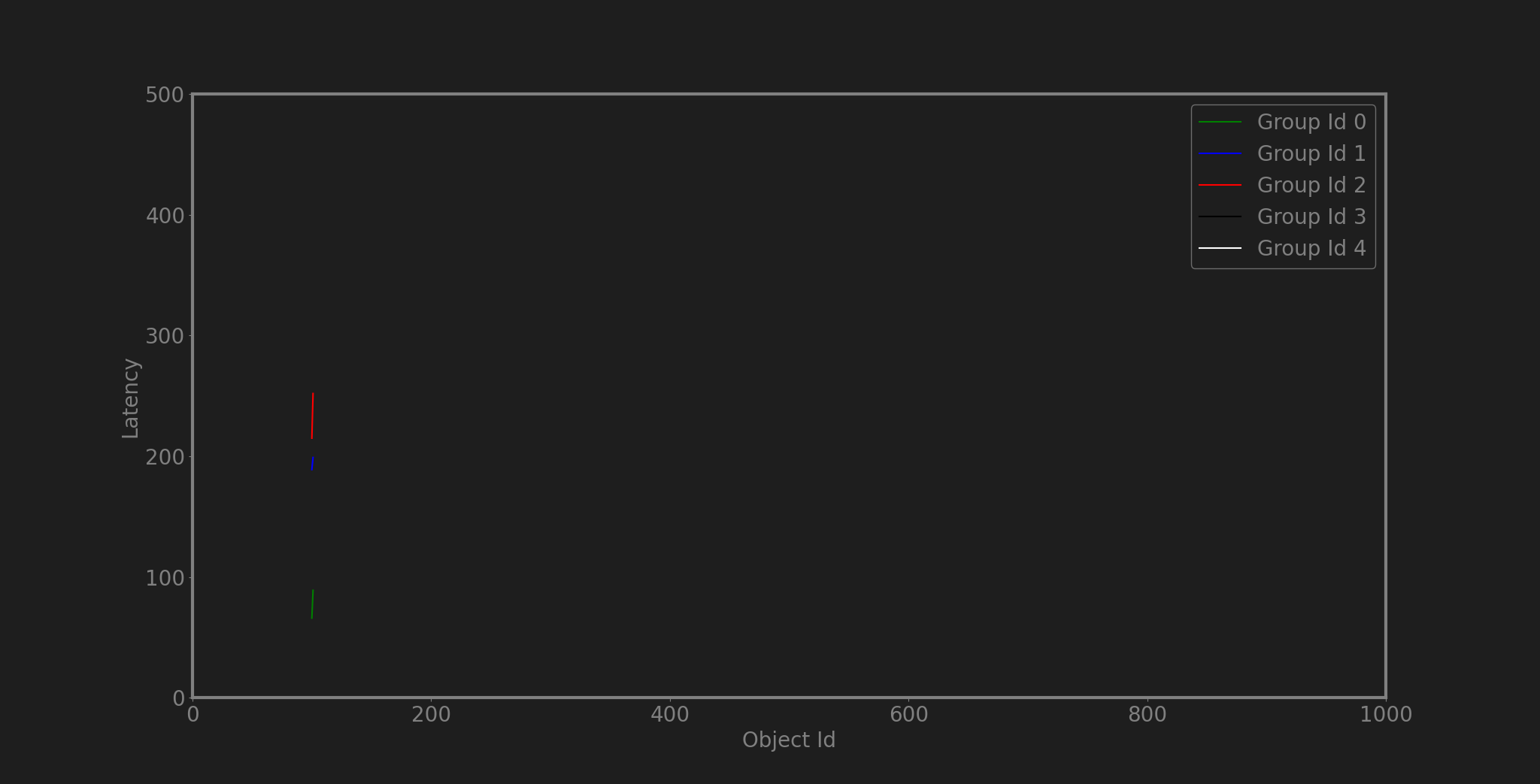
loss=0.5%
bitrate=16mbps
delay=20ms ± 2ms
bitrate=16mbps
delay=20ms ± 2ms
1mpbs
2mpbs
4mpbs
8mpbs
16mbps
101 (201)
101 (160)
96 (150)
0 (15)
0 (0)
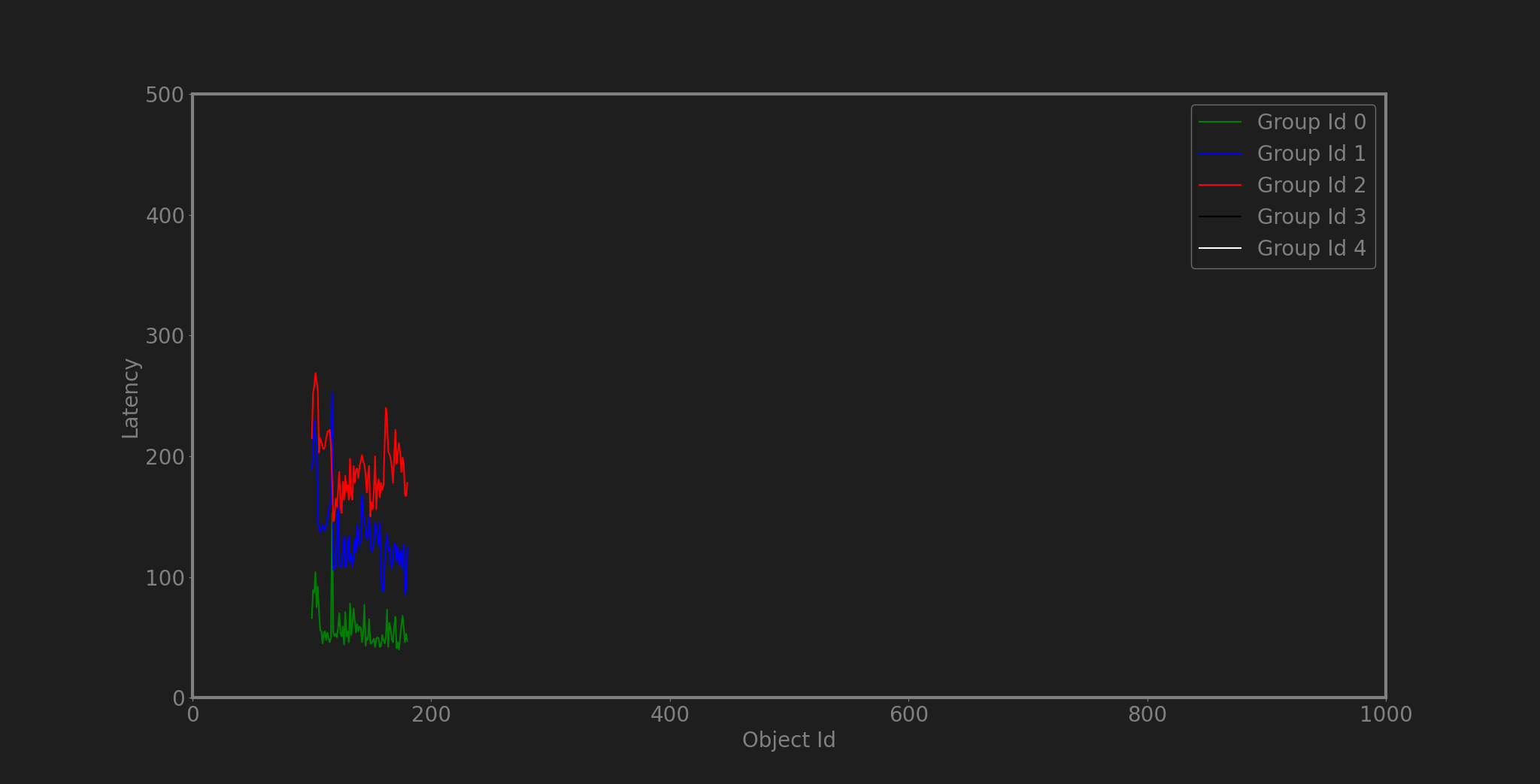
loss=0.5%
bitrate=8mbps
delay=20ms ± 2ms
bitrate=8mbps
delay=20ms ± 2ms
1mpbs
2mpbs
4mpbs
8mpbs
16mbps
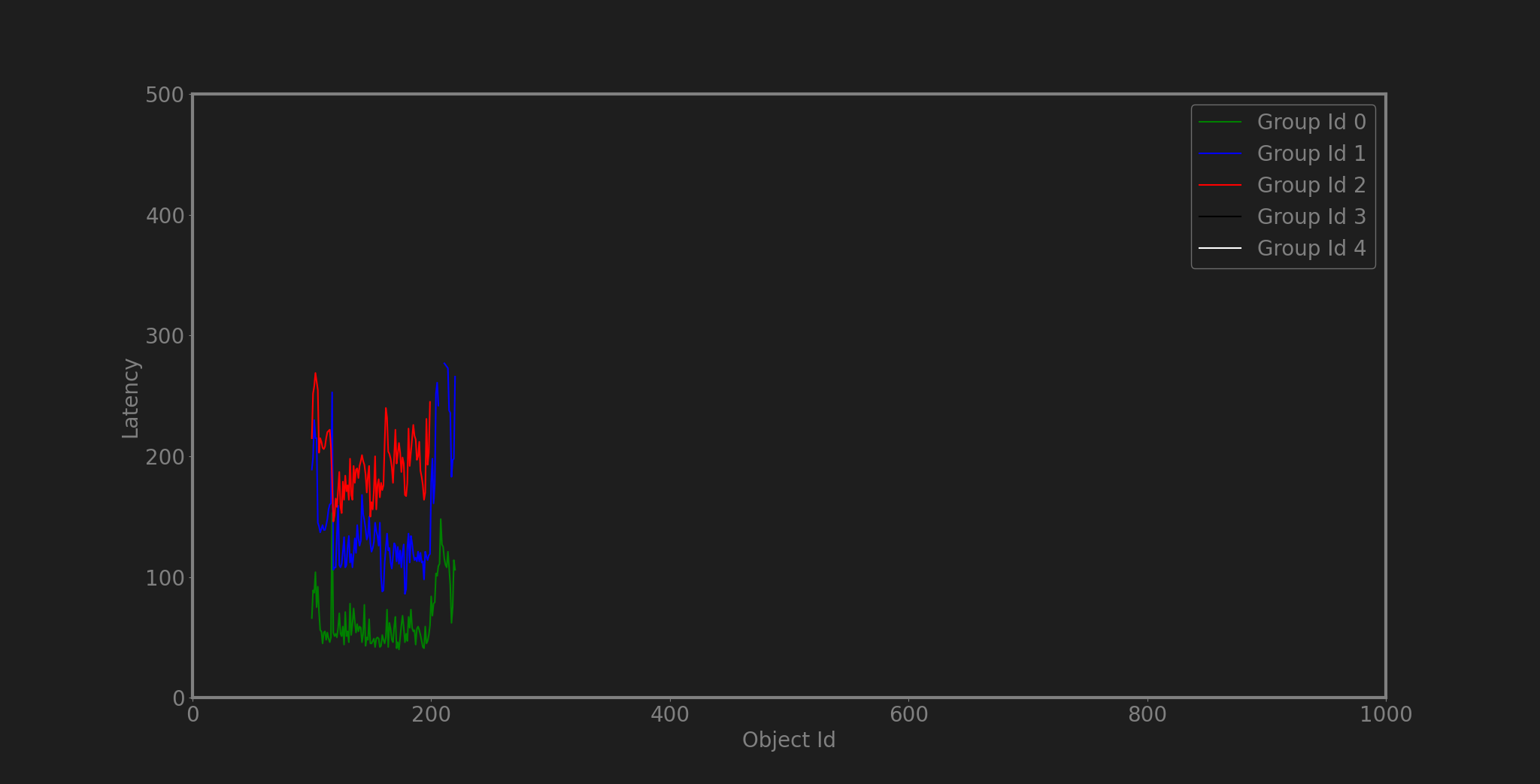
loss=0.5%
bitrate=8mbps
delay=20ms ± 2ms
bitrate=8mbps
delay=20ms ± 2ms
1mpbs
2mpbs
4mpbs
8mpbs
16mbps
200
134
2
0
0
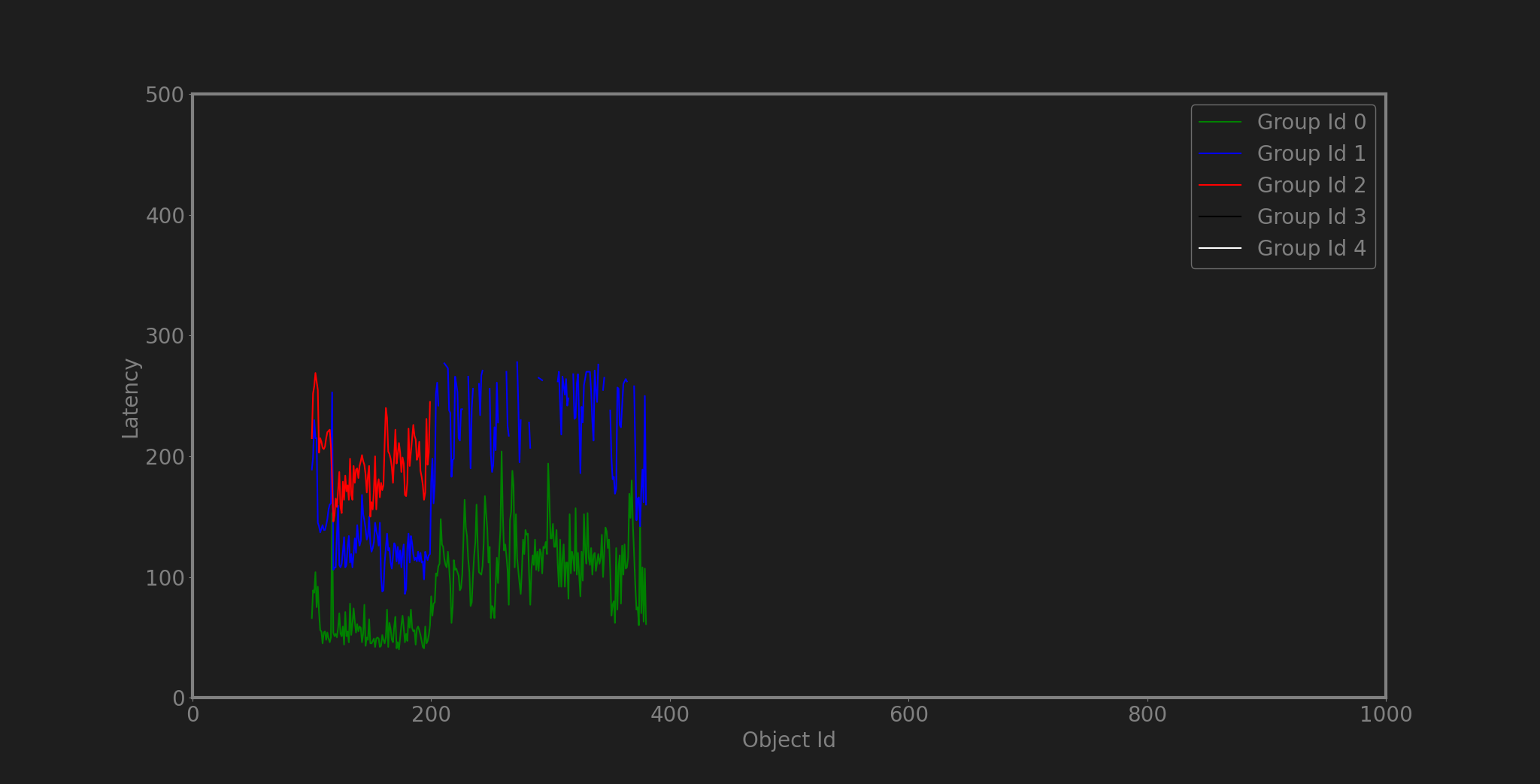
loss=3%
bitrate=4mbps
delay=20ms ± 2ms
bitrate=4mbps
delay=20ms ± 2ms
1mpbs
2mpbs
4mpbs
8mpbs
16mbps
200
2
0
0
0
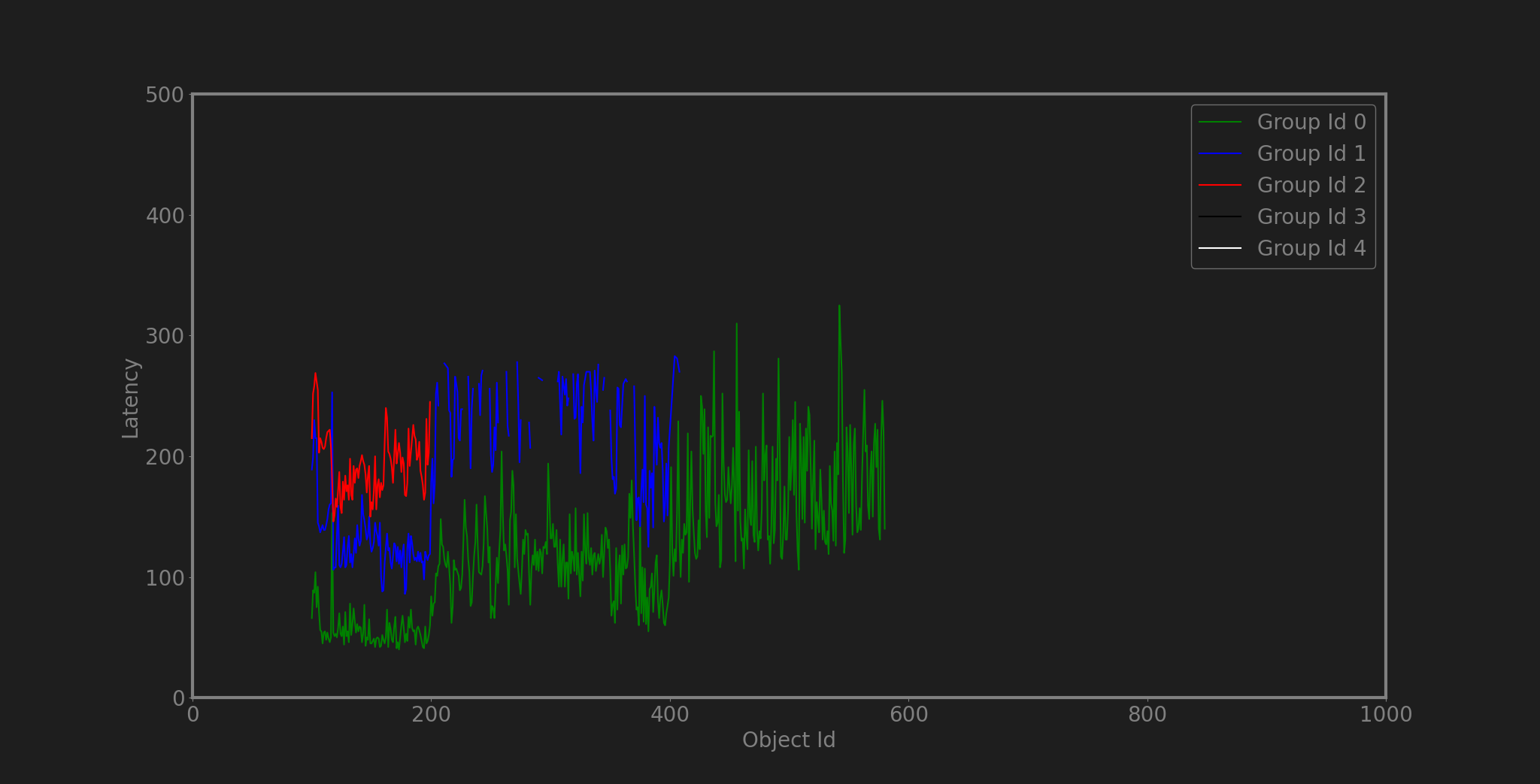
loss=0.5%
bitrate=64mbps
delay=20ms ± 2ms
bitrate=64mbps
delay=20ms ± 2ms
1mpbs
2mpbs
4mpbs
8mpbs
16mbps
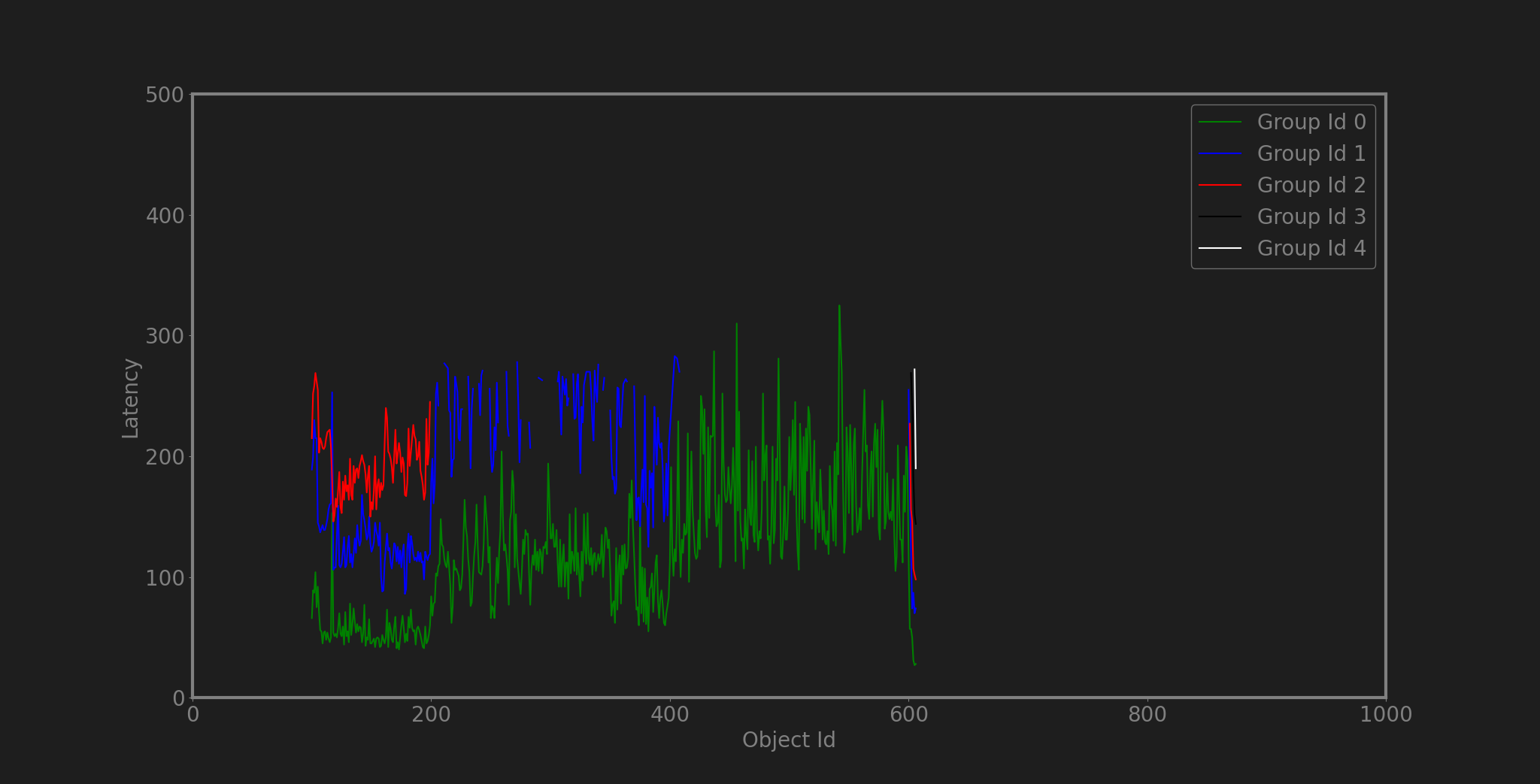
loss=0.5%
bitrate=64mbps
delay=20ms ± 2ms
bitrate=64mbps
delay=20ms ± 2ms
1mpbs
2mpbs
4mpbs
8mpbs
16mbps
198
198
196
195
191
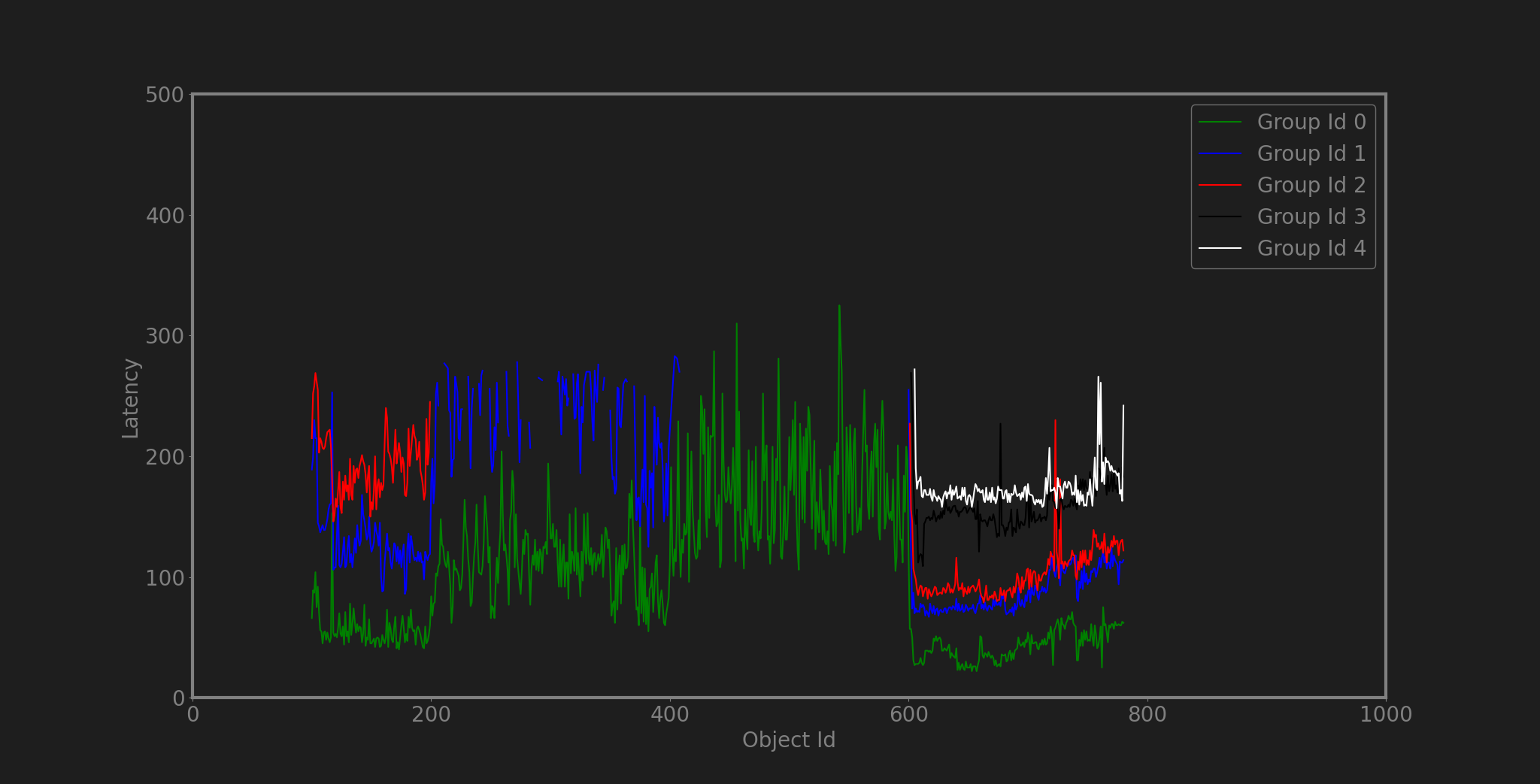
This protocol is very bad
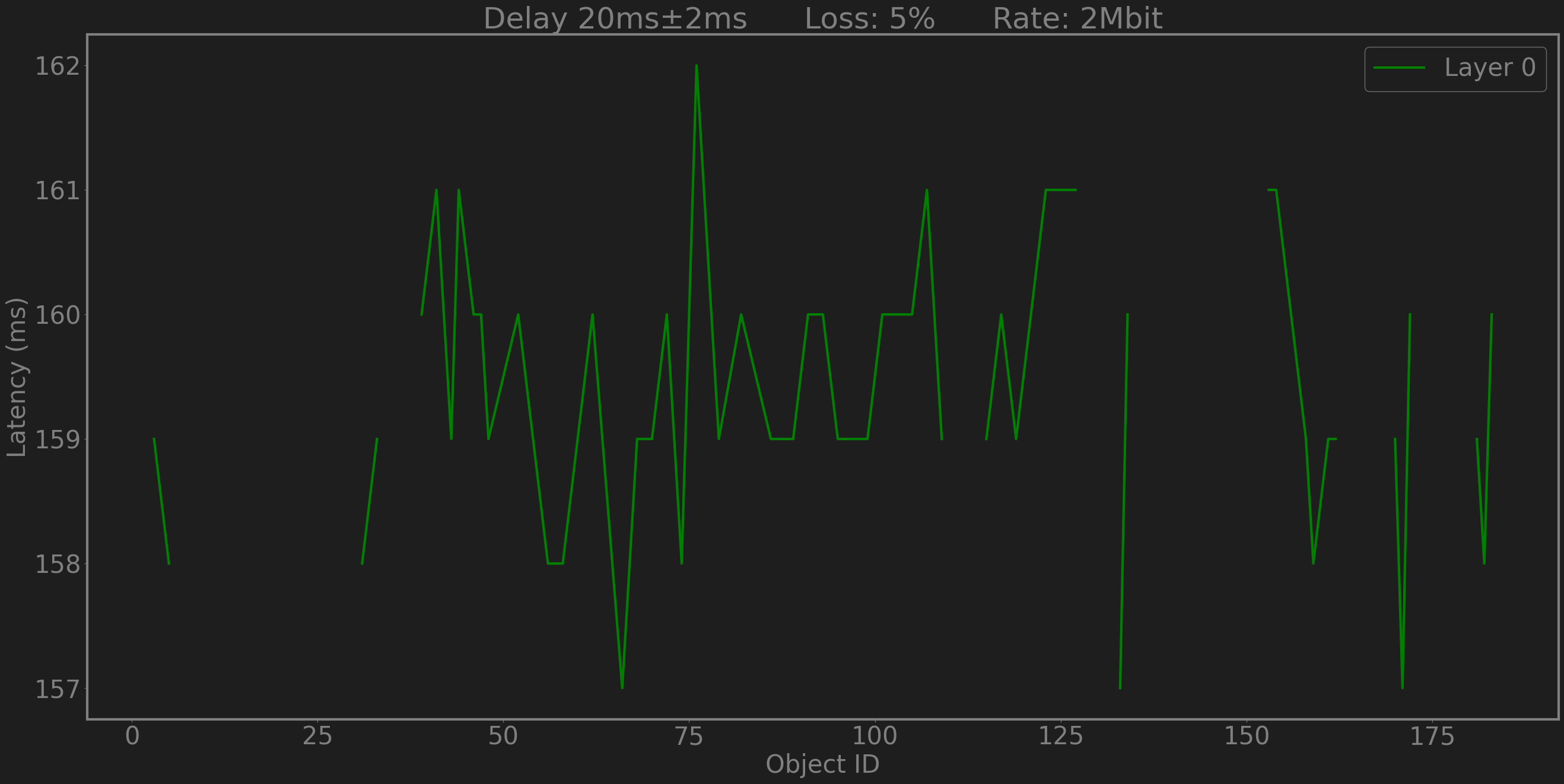

https://en.wikipedia.org/wiki/Brachiosaurus
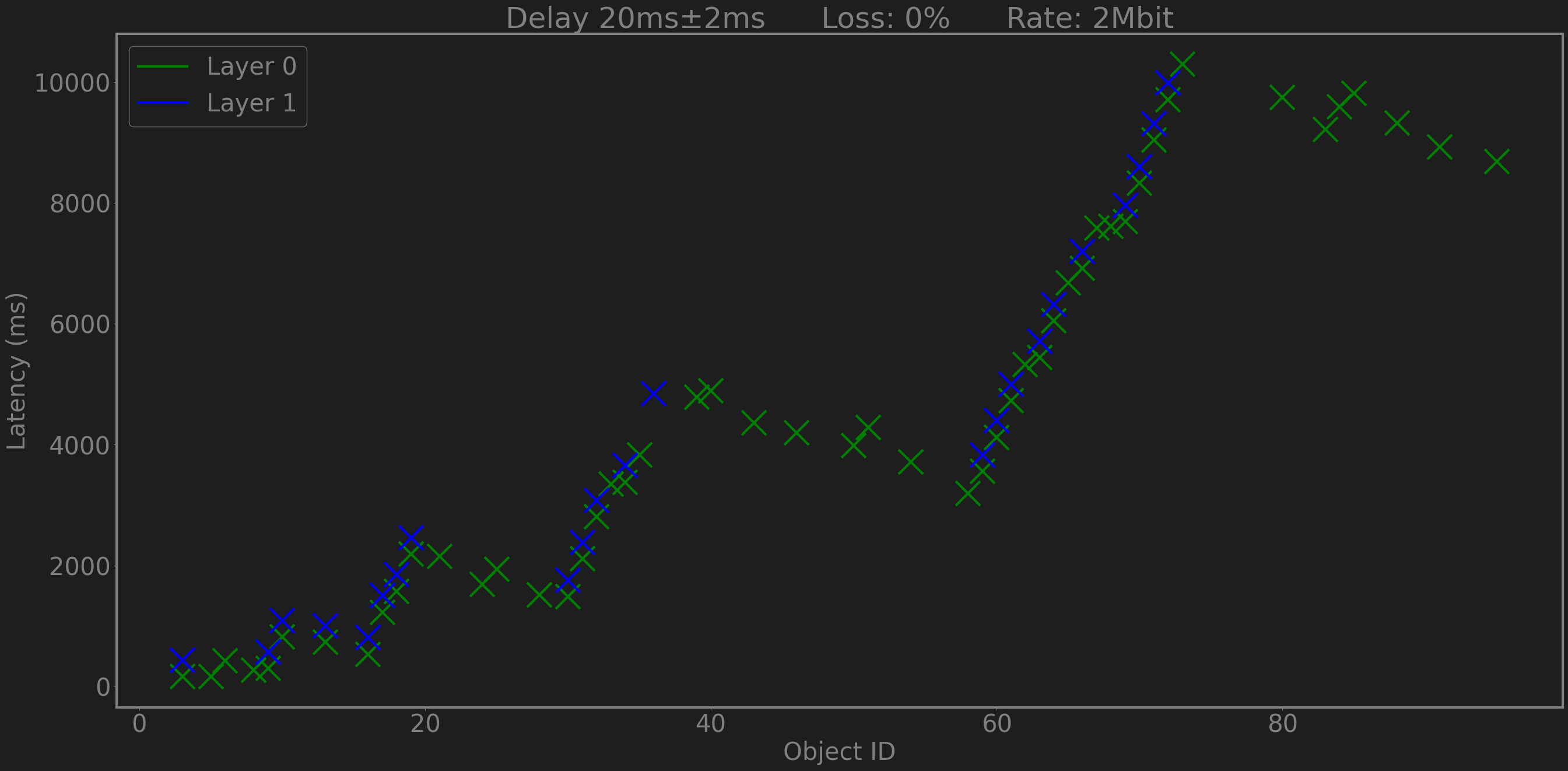
This protocol is very bad
We have stream priorities only at the transport layer
Time = 0
Transport Layer
t = 4
id = 0
t = 3
id = 0
t = 2
id = 0
t = 1
id = 0
t = 0
id = 0
Underlying layer
Time = 0
Transport Layer
t = 4
id = 0
Underlying layer
t = 3
id = 0
t = 2
id = 0
t = 1
id = 0
t = 0
id = 0
TIME = 250 ms
Transport Layer
t = 4
id = 0
Underlying layer
t = 3
id = 0
t = 2
id = 0
t = 1
id = 0
t = 0
id = 0
TIME = 250 ms
Transport Layer
t = 4
id = 0
Underlying layer
t = 3
id = 0
t = 2
id = 0
t = 1
id = 0
t = 0
id = 0
TIME = 250 ms
Transport Layer
t = 4
id = 1
t = 3
id = 1
t = 2
id = 1
t = 1
id = 1
t = 0
id = 1
Underlying layer
t = 3
id = 0
t = 2
id = 0
t = 1
id = 0
t = 0
id = 0
TIME = 250 ms
Transport Layer
t = 4
id = 1
t = 3
id = 1
t = 2
id = 1
t = 1
id = 1
Underlying layer
t = 0
id = 1
t = 3
id = 0
t = 2
id = 0
t = 1
id = 0
TIME = 500 ms
Transport Layer
t = 4
id = 2
Underlying layer
t = 3
id = 2
t = 2
id = 2
t = 1
id = 2
t = 0
id = 2
t = 3
id = 1
t = 2
id = 1
t = 1
id = 1
t = 0
id = 1
t = 3
id = 0
t = 2
id = 0
t = 1
id = 0
TIME = 750 ms
Transport Layer
t = 4
id = 3
Underlying layer
t = 3
id = 3
t = 2
id = 3
t = 1
id = 3
t = 0
id = 3
t = 3
id = 2
t = 2
id = 2
t = 1
id = 2
t = 0
id = 2
t = 3
id = 1
t = 2
id = 1
t = 1
id = 1
t = 0
id = 1
t = 3
id = 0
t = 2
id = 0
t = 1
id = 0
The application is aware of the deadline
Not the transport layer
Add Deadline awareness at the transport layer
We make a couple of changes
DELIVERY_TIMEOUT
BBR
Estimate Delivery Time Point
Every time a Data Frame is written: ExpectedDelay = (BytesInFlight + PendingDataInStream) / ExpectedBandwidth if (CurrentTime + ExpectedDelay > Deadline) Stop the send Abort the stream
We have made necessary changes to MsQuic to query
BytesInFlight and
BBRBandwidth
We do some correction on
BBRBandwidth to get the
ExpectedBandwidth
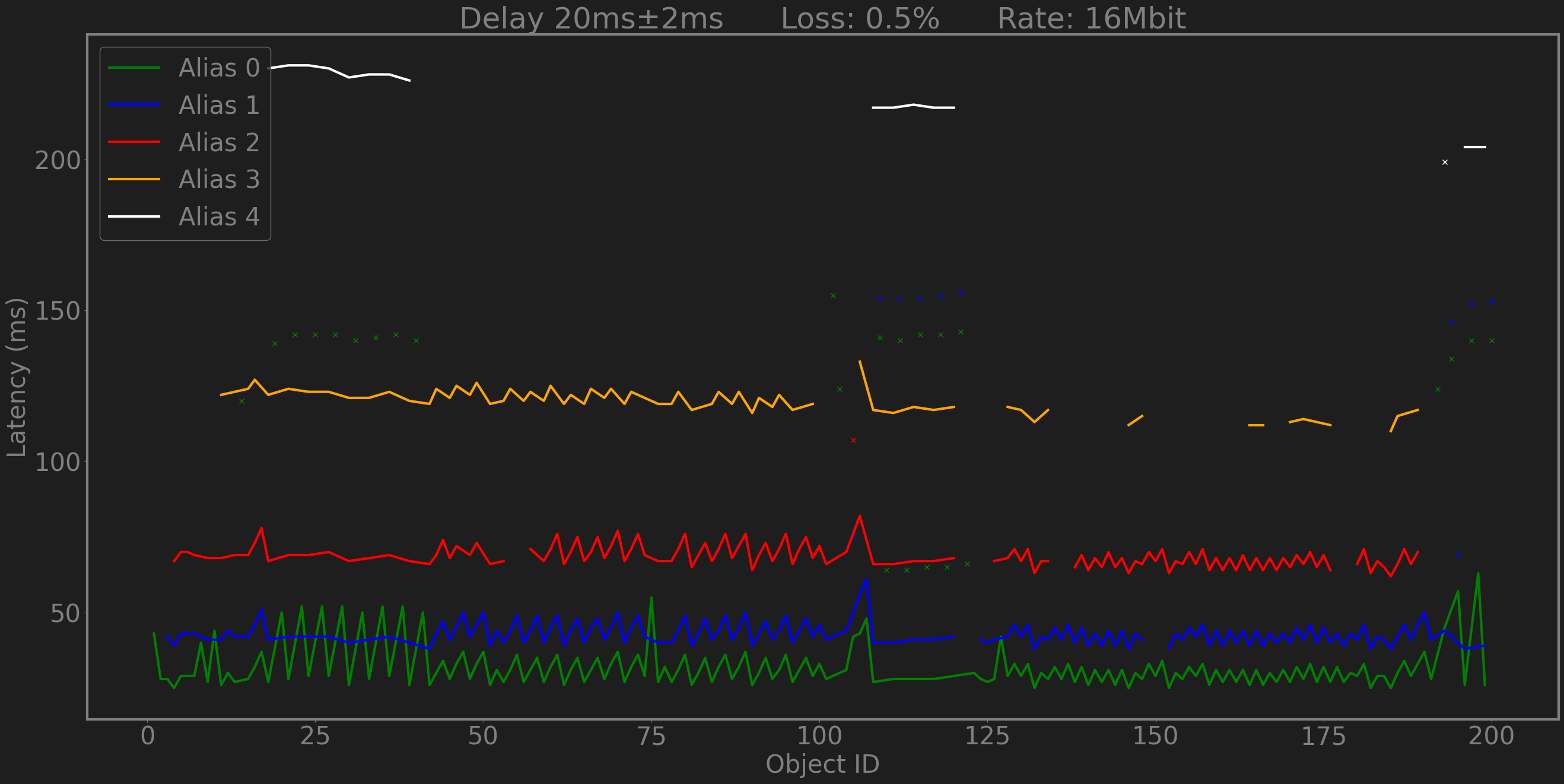
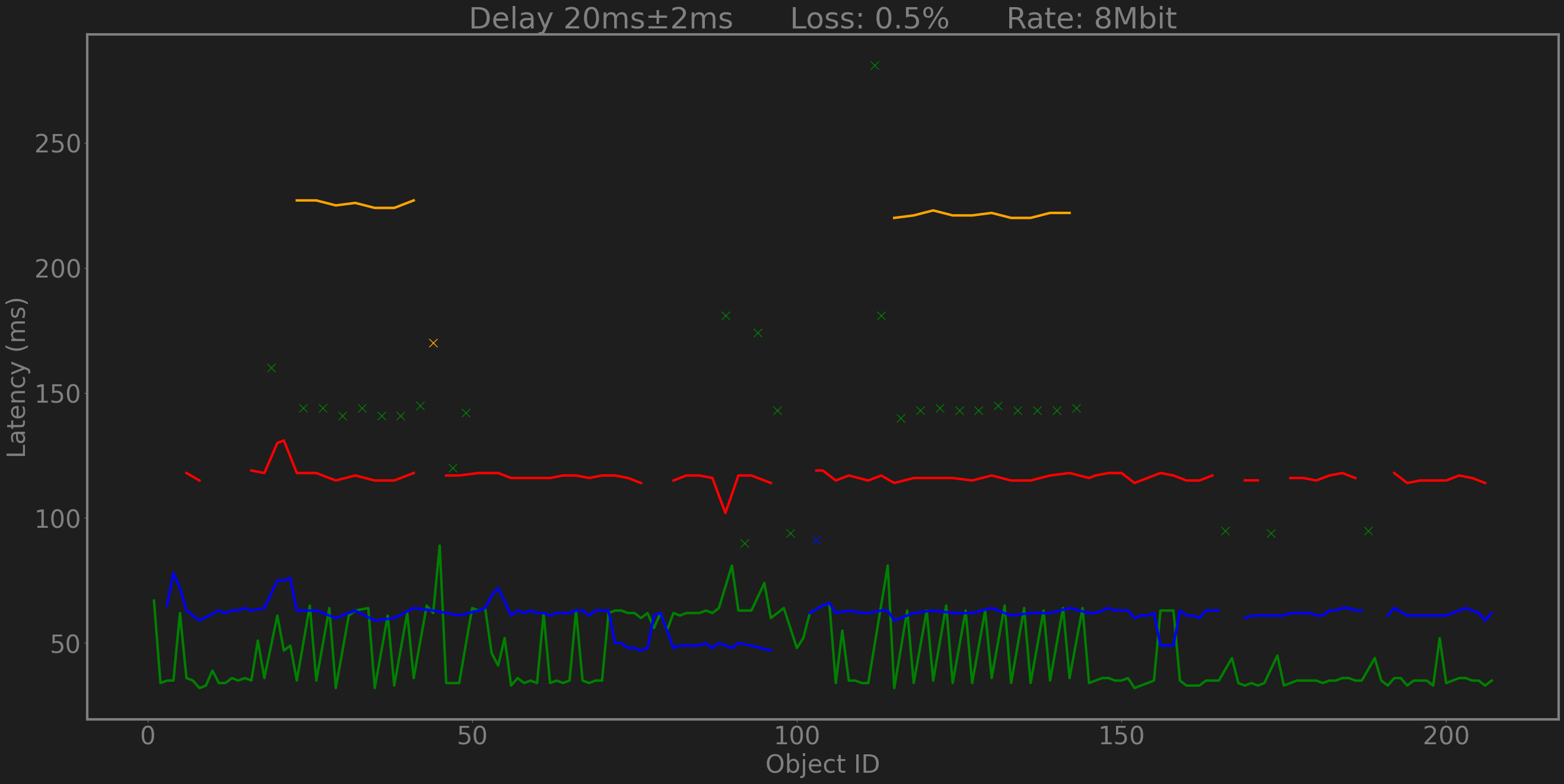
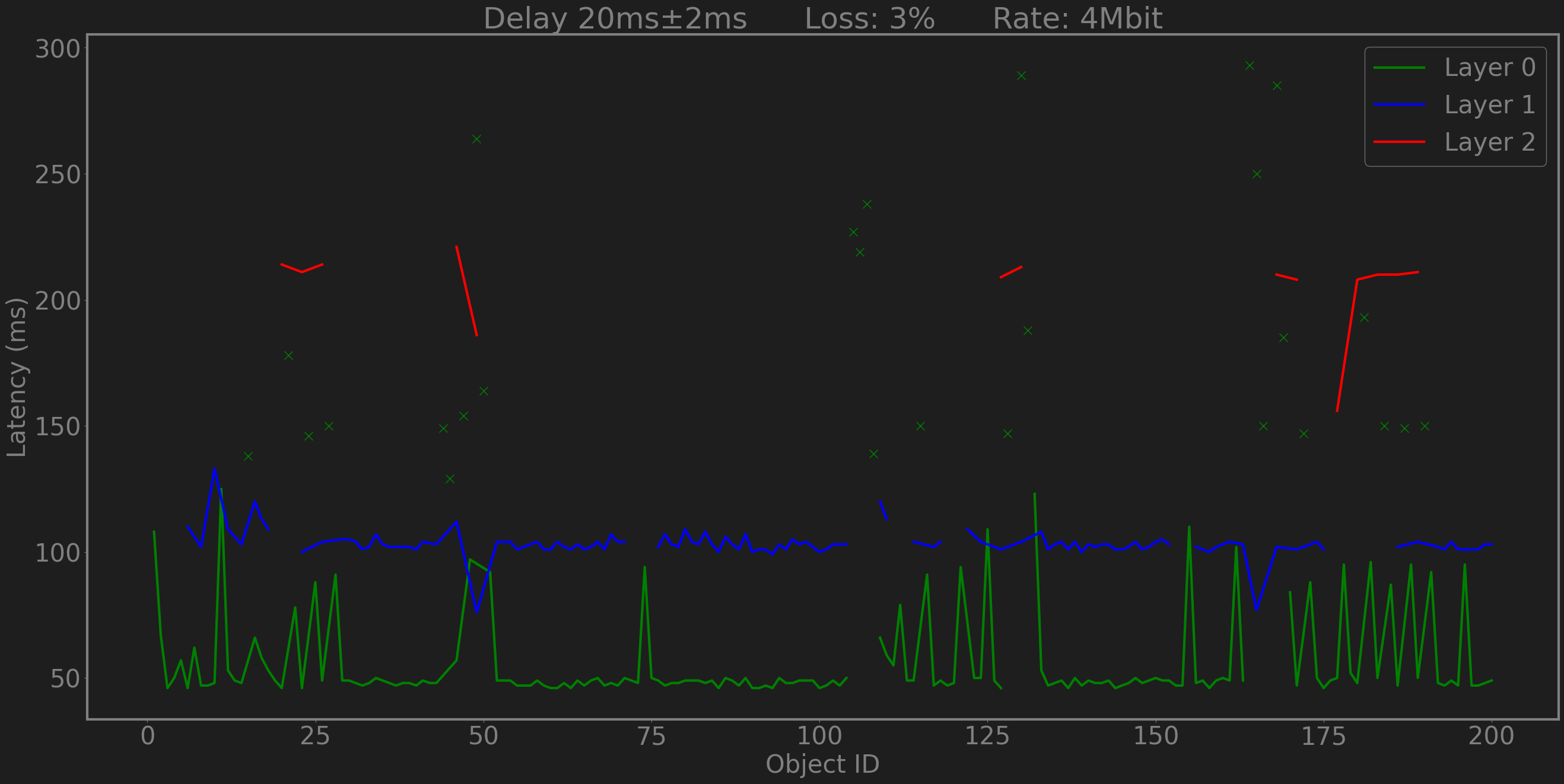
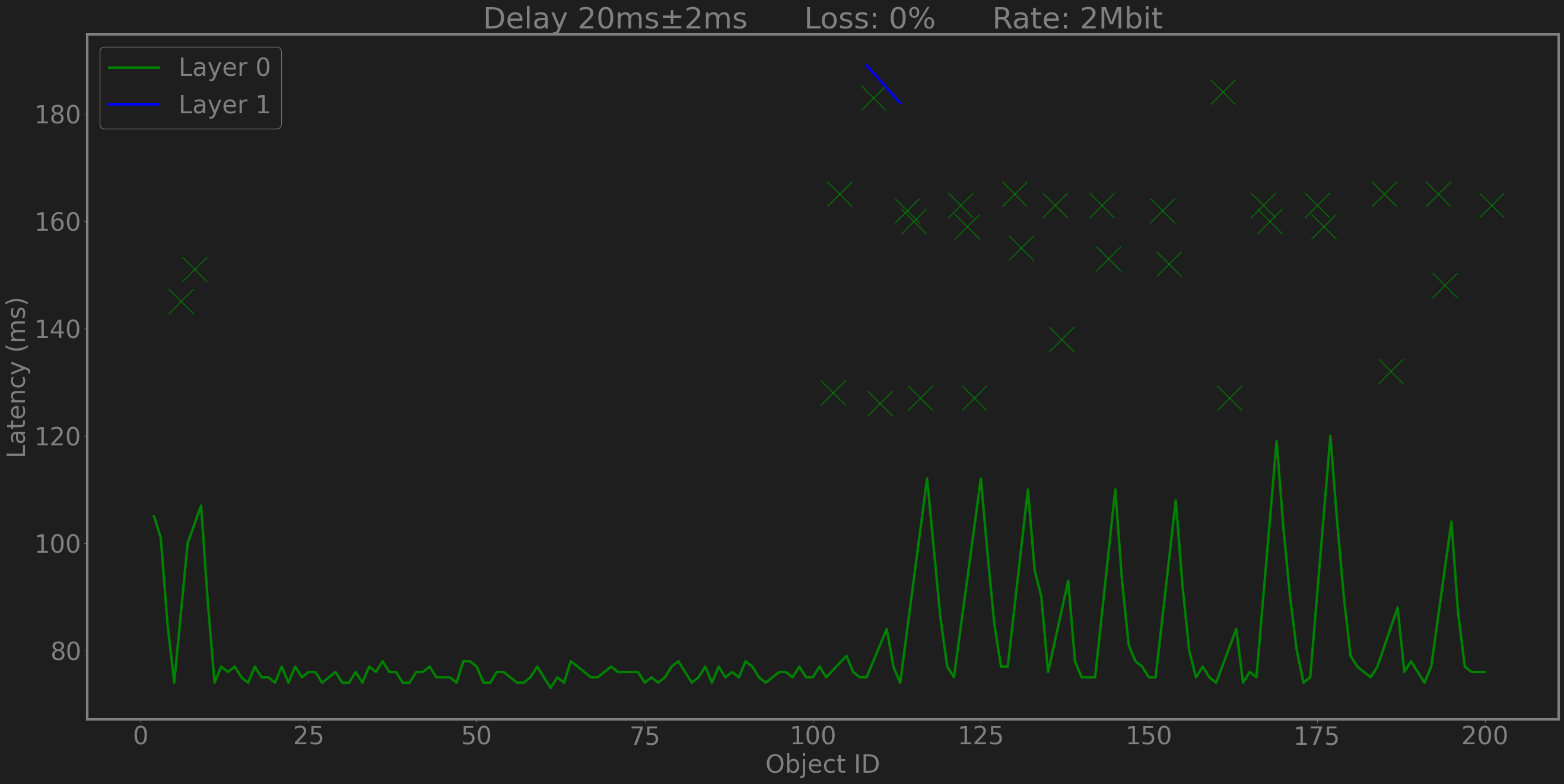
Linear Latency Cost - Exponential Scalability
graph LR
classDef circle stroke:#ffffff,stroke-width:2px,color:#ffffff;
B((#nbsp;#nbsp; #nbsp; Relay1)):::circle
C((#nbsp;#nbsp; #nbsp; Relay2)):::circle
D((#nbsp;#nbsp; #nbsp; Relay3)):::circle
S4[Subscribers]
Publisher --> B
B --> C
C --> D
D --> S4
Relays forward data as they receive
loss=0%
delay=20ms ± 2ms
delay=20ms ± 2ms
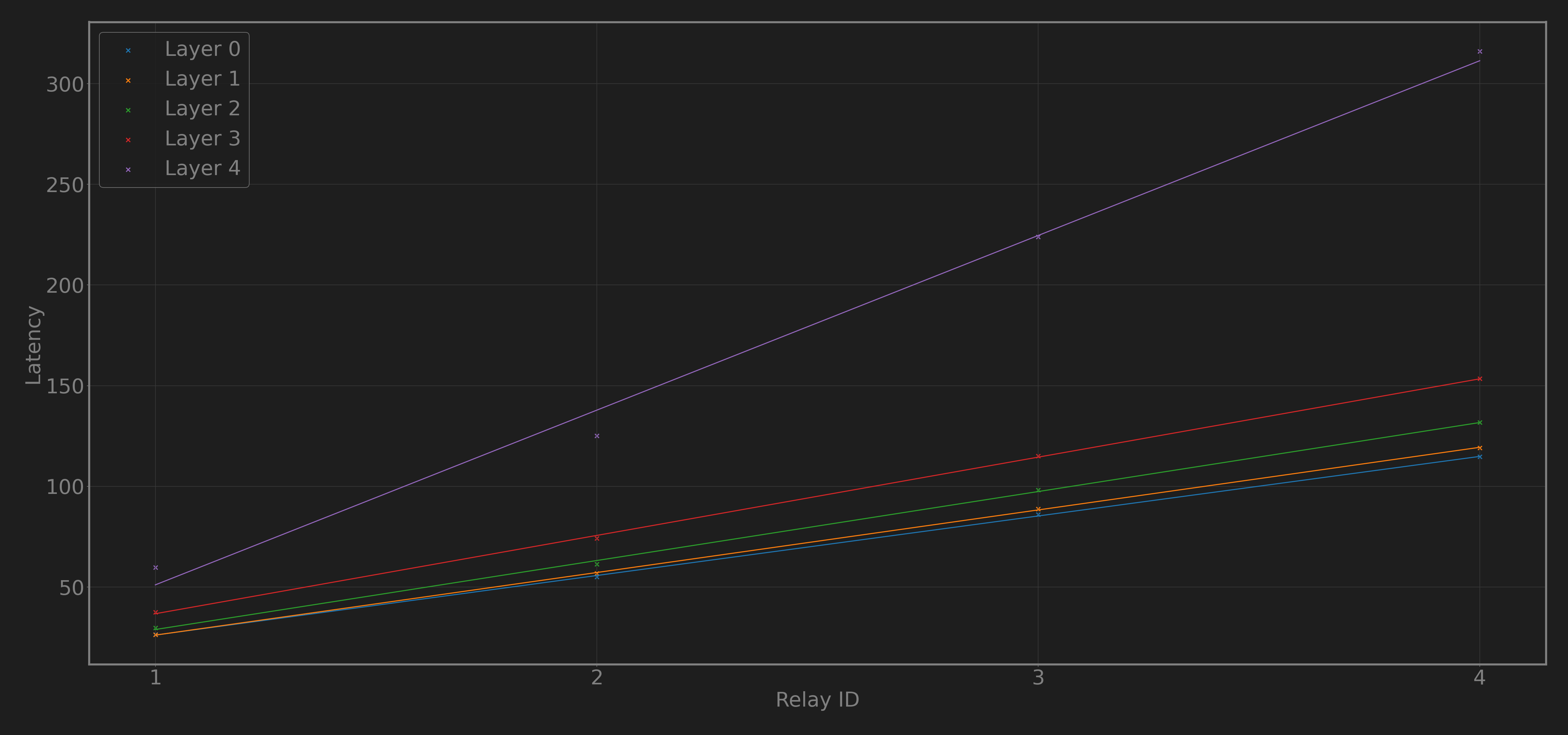
ACK
- Dr. Madhan
- Introducing me to this project and mentoring me
- Prof S. Krishnamoorthy + DAWN Lab, IITM
- Guidance and Peer Group
- Server Infrastructure for testing